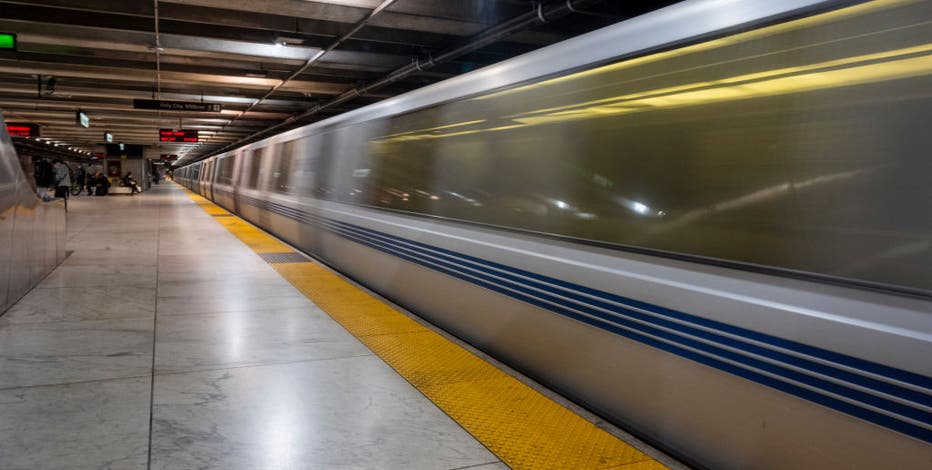BART can increase ridership with cleaner trains and more police, poll finds
SAN FRANCISCO - The Bay Area Council, a key player in BART's inception in the 1960s, said the transit system could see a boost in ridership if more was done to improve the overall experience.
The Bay Area Council, a consortium of the region's largest employers, polled 1,000 current and former BART riders and potential riders to figure out what would lure them to hop on board.
"Convince Sacramento to make like the federal government did and keep the systems going for another couple of years while we re-attract the ridership," said Bay Area Council President Jim Wunderman.
A supermajority of those asked said cleaner trains are number one. Just behind that — more police officers on trains and around stations, improved fare gates to better deter evaders, and ejecting riders who violate conduct rules.
"Start with that and everything flows from there. It doesn't mean that we'll get back to where we were pre-pandemic, certainly not right away, but you start moving quickly in that direction," said Wunderman.
Remote work will still keep a lot of people at home, but quelling fears around safety by making improvements could mean more riders.
"It would move it from 40% to 50% very quickly," said Wunderman.
Moving massive numbers of people to downtown is not practical.
"There's only a small percentage of buildings in downtown areas that are practically convertible under the best of circumstances," said the Bay Area Council president.
What happens if those working remotely don't return to the office more frequently if at all?
"BART would have to reduce the service to a point where it would really discourage people from using it," said Wunderman.
All the current empty office space could encourage new employers. More discounts for riders, employer assistance, and tax benefits have all worked in the past.
Another option is to bring stations alive with restaurants, shopping, and entertainment, like in Tokyo and other cities.
"These are destinations, even for people not using transit," said Wunderman.
But first — safety, order, cleanliness, and reliable service as never before.
"This is an opportunity, we think, to get more people back," said Wunderman.
Getting Sacramento to help is the key.


